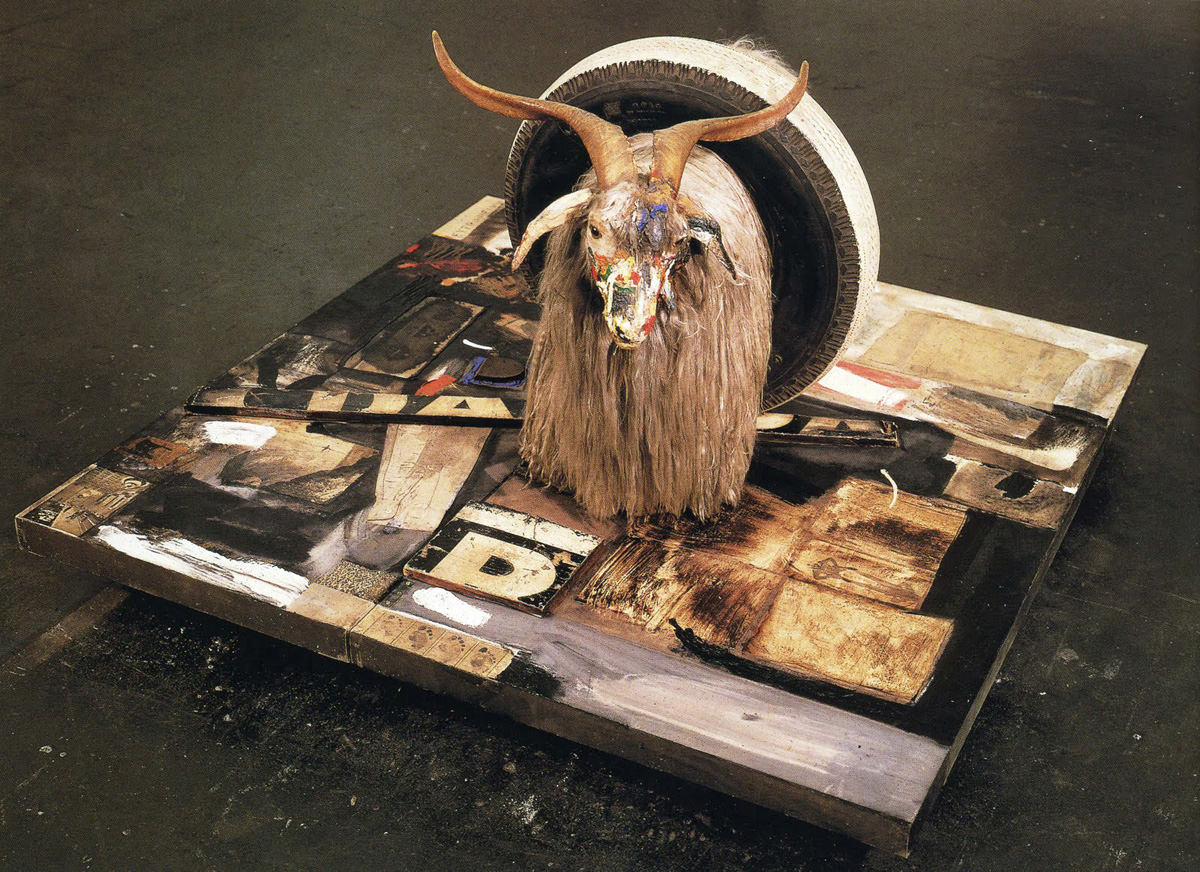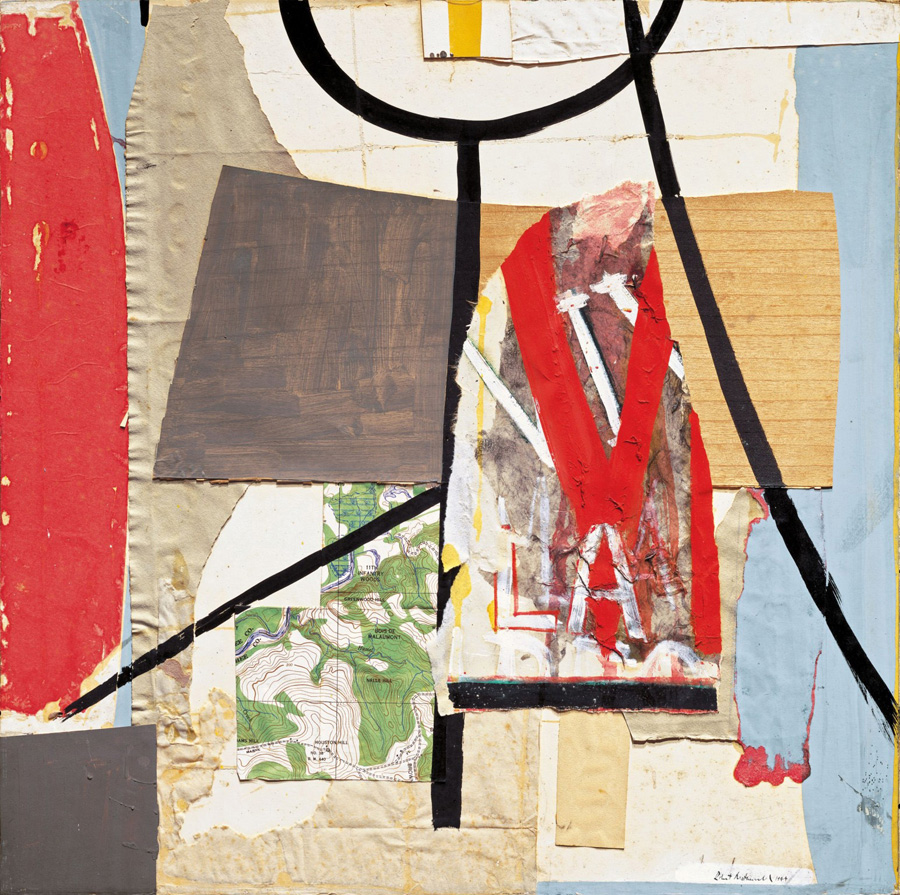Collage: the Ultimate Remix - Page 3
 |
|
|
 |
|
|
 |
|
|
In New York, meanwhile, Robert Rauschenberg was producing 'combines,' strange hybrids of painting, sculpture, and found objects whose ingredients might include a taxidermied bird or a goat.
The late San Francisco artist David Ireland, following on Schwitters' lead, turned his home on Capp Street into a habitable assemblage, starting in the mid-1970s.
Elisabeth Hodermarsky has called collage a "decidedly democratic" form of art, because it brought the detritus of the real world into the realms of high art. Ireland's work shares in this way of thinking by transmuting ordinary objects and places into things that are extraordinary—if you will only stop to notice.
"Everything, if you choose to deal with it, is art," he said.
It's not surprising that, just as the Internet knows no bounds, collage today is a worldwide phenomenon. Richard Brereton's book Cut And Paste: 21st Century Collage shows fine work being done on every continent.
Over the past few years, thanks to social media Web sites such as Tumblr and Pinterest, collage has blossomed not just as an art form but also as a business. Eugenia Loli has been selling her 'pop collage' prints for $30 apiece and collage shower curtains for $100, featuring mystical Surrealist-inspired scenes.
She explains why her work does so well: "The kind [of collage] before was Dada collage—very experimental, nonsensical things that never caught on with the public," Loli says. "It caught on with the artistic mind, the galleries. But never with the public."
As a way of thinking, collage is clearly of our day. But as a way of art, what makes it appealing?
One answer comes from Richard Brereton: its air of mystery and surprise. "The fusion of disparate and juxtaposed assemblage images provoke questions," he says, "ambiguous questions that we may not be able to answer."
Author Stephen Fredman talks about the "lively play of meanings" that can be found in collages that mix up imagery from different sources, the kind of work by the Dada and Surrealist artists of the 1910s and 1920s, or by the California artist Jess in more recent times, or by Loli.
But that kind of collage, which is clearly the best known, offends some lovers of the form.




